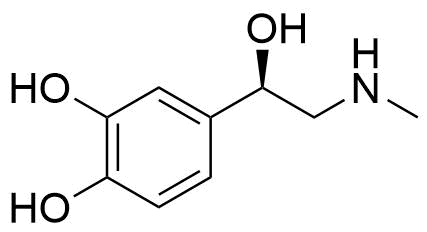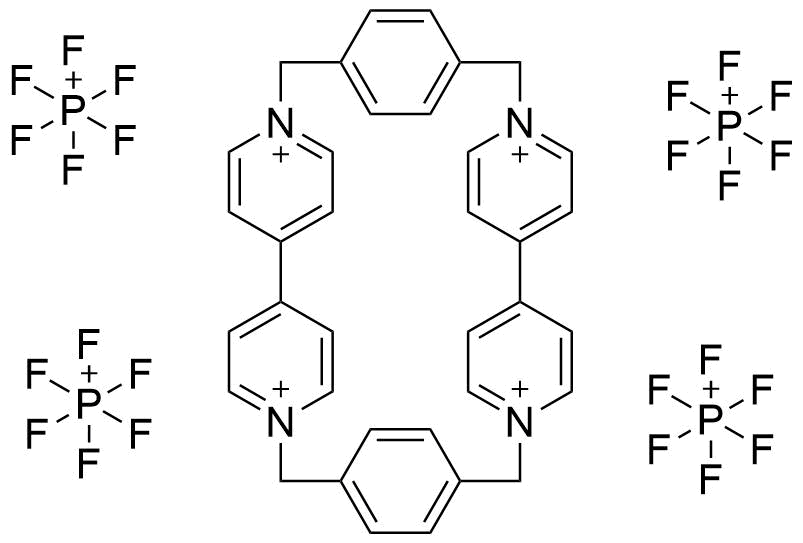Binding Properties
| 𝜈 | Molecule 1 : 1 Host | ||
| Ka = | 600.0 | ± 80.0 | M-1 |
| Kd = | |||
| logKa = | |||
| T | 25.0 °C | ||
| Energy | kJ mol-1 | kcal mol-1 | |||
|---|---|---|---|---|---|
| ΔG | = | -15.86 | ± 0.33 | -3.79 | ± 0.08 |
These are the specifications of the determination of the experimental results.
| Detection Method: | Direct | |||
| Assay Type: | Direct Binding Assay | |||
| Technique: | Absorbance | |||
| 𝛌abs | = | 450.0 nm | ||
Detailed information about the solvation.
| Solvent System | Single Solvent |
| Solvent | hydrochloric acid |
| pH | 1.0 |
Please find here information about the dataset this interaction is part of.
| Citation: |
A. E. Kaifer, J. F. Stoddart, A. R. Bernardo, SupraBank 2025, Cyclobis(paraquat-p-phenylene) as a synthetic receptor for electron-rich aromatic compounds: electrochemical and spectroscopic studies of neurotransmitter binding (dataset). https://doi.org/10.34804/supra.20210928399 |
| Link: | https://doi.org/10.34804/supra.20210928399 |
| Export: | BibTex | RIS | EndNote |
Please find here information about the scholarly article describing the results derived from that data.
| Citation: |
A. R. Bernardo, J. F. Stoddart, A. E. Kaifer, J. Am. Chem. Soc. 1992, 114, 10624–10631. |
| Link: | https://doi.org/10.1021/ja00052a069 |
| Export: | BibTex | RIS | EndNote | |
Binding Isotherm Simulations
The plot depicts the binding isotherm simulation of a 1:1 interaction of L-Adrenaline (0.03333333333333333 M) and Cyclobis(paraquat-1,4-phenylene) tetrakis(hexafluorophosphate) (0 — 0.06666666666666667 M).
Please sign in: customize the simulation by signing in to the SupraBank.




